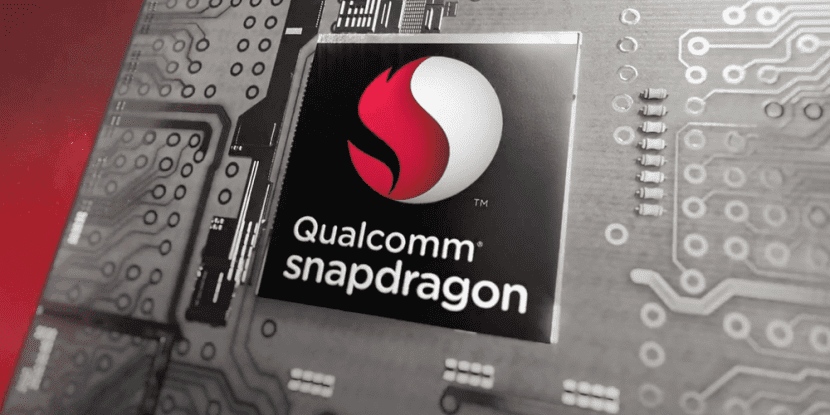
Intel has made repeated attempts to enter the mobile phone market, but all of them have failed due to the poor performance offered by its processors where Qualcomm dominates the market with ARM chips. Ultimately, Intel made the decision not to keep trying and has focused on desktop processors.
But Qualcomm's latest moves suggest that it is preparing to make the leap to desktop computersAt least they offer us less benefits such as those that today are managed by Intel Celeron and Atom processors. At first, the Snapdragon 850/950 processors were intended for this type of equipment but their poor performance made the idea rethink.
But it seems that with the Snapdragon 1000, the company wants to become the processor par excellence of computers managed by Windows 10. Today, Qualcomm processors are present in a large number of smartphones, wearables, connected devices… Its entry into the desktop or laptop computer sector has not been possible at the moment due to the lack of power they offered, a power that the Snapdragon 1000 can perfectly offer.
For a processor to increase its performance, it must add more cores in addition to consuming more power. Qualcomm wants the maximum power consumption of these processors to be 6,5 watts, 1,5 more than the current consumption of the Snapdragon 845 that make up the majority of high-end smartphones that are hitting the market throughout this year.
In this way, it could be at the same height as the current power consumption of Intel's Celerom and Atom processors, which I could easily beat. In just one year, if the release of the Snapdragon 1000 is confirmed, the company would have gone in just one year from 835/845 and from 850/950 to 1000.